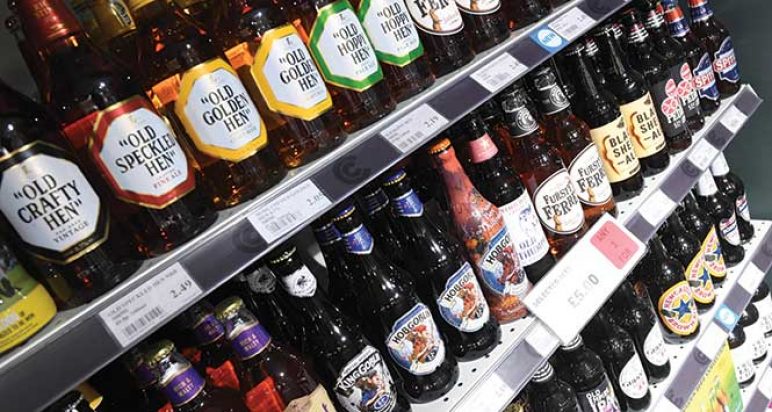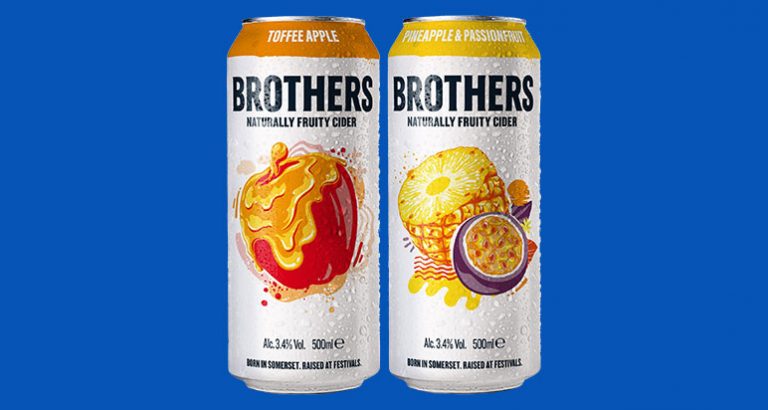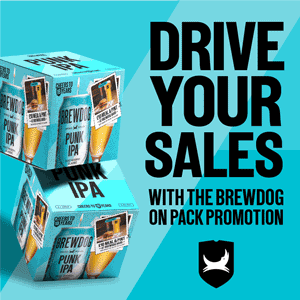Premium and craft beer remain the keys to unlocking new sales growth in the important Beer category. SLR spoke to Costcutter Category Manager Rachael Grist for some expert advice on how to capitalise on the trend.
Mainstream lagers and beers still dominate the category, of that there is little doubt, but for retailers keen to unlock new growth and build higher margin sales, craft beer and lager have been the way to go for some time now. This trend has only been accelerated by the recent patch of unseasonably warm weather and the small matter of the World Cup.
Rachael Grist, Category Manager– Ales, Stouts, Lager & Cider, Costcutter Supermarkets Group, told SLR: “This summer we’ve had the added bonus of exceptional weather, which not surprisingly has boosted our beer and lager sales, with premium and craft lagers a key to driving category growth. Although mainstream lagers still represent the lion’s share in terms of sales, this is declining as shoppers trade up. With craft sales still only representing 10% of overall sales, the trend is also reflected in the ales and stouts category, with mainstream and premium ales sales falling as craft sales increase.”
According to Grist, the popularity of craft beers (and ciders) shows no signs of peaking with sales continuing to rise, especially in the current hot packaging format: cans. She comments: “In Scotland in particular, craft overtrades in impulse sales with a share index of 138 and, while small single bottles remain the most popular format, we’re seeing more engaged craft drinkers looking for cans.
“Many of our retailers have already created dedicated areas for craft beers and ciders, stocking Scottish brands including McEwans and Old Jock, which has had a positive impact on category growth. The boom in the brewing of craft beer and cider has reversed the consolidation in the industry and we are anticipating further growth in the sector, both in terms of brewers and demand.”
Premiumisation continues to be the growth driver for beer and cider and Grist advises retailers to open up the space given to this subcategory, creating real emphasis and shopper attraction. She says: “There has been huge growth in craft breweries, with so many flavour profiles, styles and provenance stories for shoppers in terms of choice and different beer and cider styles. There’s now a genuine interest and appetite from customers looking for something a bit different as part of their regular shop, with shoppers looking for greater choice, quality, flavours and smaller batch production and independent retailers are perfectly placed to tap into this trend.”
Before retailers start doing away with mainstream lagers and ciders though, it’s worth noting that, while a growing category, craft is still a minority player in the BWS category, as Grist concludes: “While retailers should look to open up space to introduce more craft to increase footfall, we would recommend only offering three or four craft SKUs to start with. What’s more, we recommend that retailers reduce double-facing shelving to create space for a more premium mix.”








